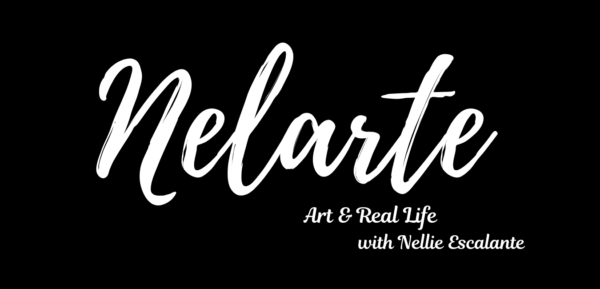
Floating Island of What?
When the floating island of garbage comment was stated a couple of weeks ago, I wasn’t outraged. Sure, I was upset that someone would say this on such a grand forum, and in MY CITY! (Okay, maybe I was a little affected, lol) But it wasn’t even funny, was that line the beginning of the joke or the punch line? I was so confused. It was simply a bad joke all around.
That joke prompted me to mentally run the slideshow of the amazing people in Puerto Rican history, amongst them… artists. The Tainos and their petroglyphs, the makers of the santos de palo, the works of Jose Campeche, Amalia Cleto Noa, Francisco Oller, etc., some of these I will include in my mini course. But it was these artworks, Rafael Ferrer’s series of lithographs titled, Istoria de la isla from 1974, that stood out the most.

Istoria de la Isla by Rafael Ferrer
Istoria de la Isla (”Istory” of the Island) is a series of five prints which use the map as a metaphor to “evoke that country’s complex political and cultural history, from its Prehispanic past to its controversial modern status as a commonwealth of the United States of America.” 1 Ferrer used the antiquated spelling often found in Spanish texts as a way of ”going and connecting to the beginning.”
Ferrer states that “the core of my work resides in an area of my mind which can very well be approached geographically… all my emotions about this one hundred thirty mile rectangle are in those maps.”

Personal Reflection
I think the uproar over the comment has to do with the same. For Puerto Ricans whether living on the island or in the diaspora, our identities are also tied in this one hundred thirty mile rectangle! That floating island of love, torment, rich history, complexity, … This bond is fierce! And the wave of media backlash, after that comment, proved it.

What I love about these works is that, as art historian Veerle Poupeye says in his book, Caribbean Art, “although the map images seem to shift and fall apart, their outlines remain reassuringly familiar and suggest resilience and survival in the face of internal and external pressures.” 2

The Rebuttal to the “Joke”
At the end of the day, I know who I am. I know, first and foremost, I am a child of God and like the old adage goes, “he don’t make no junk (garbage).” I am also a Latina art educator and have had access to museum collections for years. But what about that Puerto Rican kid listening to that “joke” with his parents, his grandma, brothers and sisters, etc. Are they getting an immediate rebuttal from their caregivers? And what if that kid is watching by himself? What images do they have to prove that “joke” wrong? To prove that they aren’t garbage?

Puerto Rican Painters Mini Course
This is why I am creating my Puerto Rican Artists 18th century to early 20th century mini course. Now, more than ever, we need to gift our kids with a love for their own history…their own art history. And guess what? That makes them a better American! A better citizen! When we are imbued with pride over our own culture, it allows for curiosity and learning about other people’s culture and this, my friends, is a win-win in a land of increasing diversity!
To get updates about the course sign up here and receive a free download: Five Puerto Rican Artists you Should Know.
Talk Soon!
